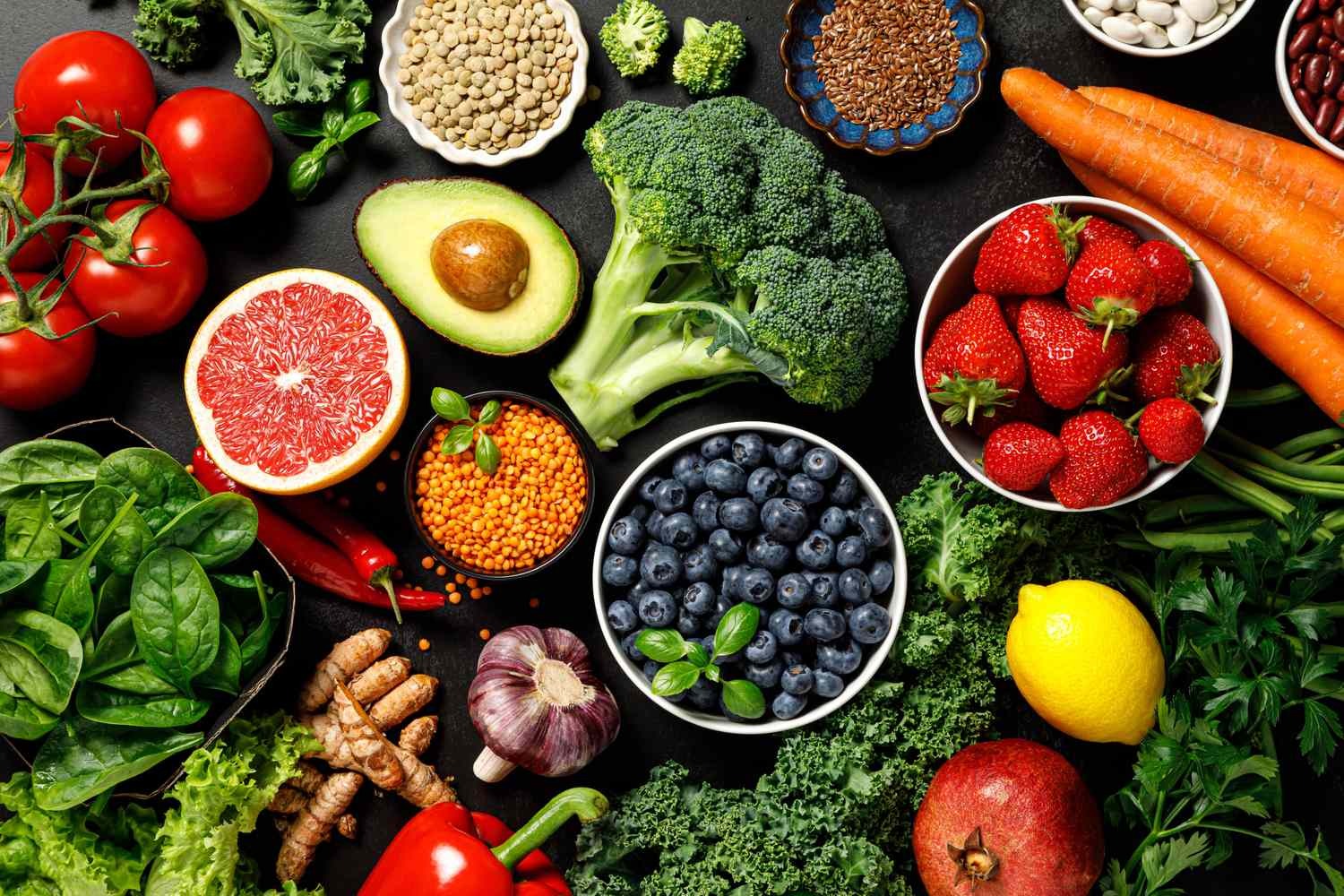
In our body, there is one organ that doctors respectfully call the “moody queen.” That organ is the pancreas.
It’s small, delicate, hidden deep behind the stomach, yet its “mood” determines our digestion, blood sugar levels, and even our weight.
When we’re young, the “queen” forgives us many things. But after 50? Oh dear… her temperament changes! She becomes sensitive to every mistake we make. Eat a piece of cake with brandy—and you’ll feel heaviness in your stomach. Grab a quick snack between lunch and dinner—welcome to the high blood sugar club.
And perhaps no one understands the “temper” and “habits” of this queen better than Dr. Myasnikov. He has spent years explaining that to “save” the pancreas, you don’t need to “fix” it. You need to learn how to treat it properly.
Today we’ll reveal three simple but essential “etiquette rules” for dealing with our inner “queen,” according to Dr. Myasnikov. By following them, you can avoid stomach discomfort, pancreatitis, and diabetes.
So, what does the pancreas really need?

Rule #1: “Don’t insult the queen with a triple blow.” What she fears most
— The worst thing for the pancreas, Dr. Myasnikov often says, is combining three things on one plate: fatty foods, sweets, and alcohol.
This isn’t just a burden—it’s a direct insult to the “queen,” forcing her into panic mode.
Imagine making her handle three complex and contradictory tasks at once. For fat, she has to produce the enzyme lipase. For sugar, she must release insulin into the bloodstream. And strong drinks? They are a direct toxin that causes spasms in her delicate ducts.
The result? The enzymes meant to digest food in the intestines can get “trapped” inside the pancreas and begin digesting the organ itself. Terrifying, isn’t it? This is what leads to acute pancreatitis.
The classic example of such an “insult” is a festive feast: rich cake with champagne or barbecue with brandy. Dr. Myasnikov is adamant: after 50, these combinations are strictly off-limits.
Want something sweet? Eat it separately from fatty foods. Had a glass of wine? Skip dessert that evening. Simple and clear, like two plus two.
Remember: after 50, our body needs diplomacy, not an assault.
Rule #2: “Feed the queen her favorite dish.” The power of fiber and bitter flavors
So what does our “queen” enjoy? What makes her happy and calm?
— Her favorite foods are those that don’t overstrain her and even help her function, explains the doctor.
That means, first and foremost, fiber and foods with a slightly bitter taste.
Fiber (vegetables, greens, whole grains) works like a skilled orchestra conductor—it slows the absorption of sugars and fats, reducing the load on the pancreas. And what about bitter foods?
Grapefruit, arugula, turmeric, chicory… they promote gentle bile flow. Bile, in turn, activates pancreatic enzymes in the intestines—exactly where they’re supposed to work, and not inside the pancreas itself.
Bitter foods essentially “open the doors,” allowing enzymes to flow freely and do their job. Beautiful, isn’t it?
Dr. Myasnikov recommends starting lunch or dinner with a large salad of fresh vegetables and greens. And instead of sweet tea with cookies, try a cup of chicory. It’s the best “favor” you can do for your pancreas.

Rule #3: “Give the queen a break.” The importance of meal pauses
— The pancreas, like any of us, cannot work 24/7 without rest, reminds the doctor. — And the most harmful modern habit is constant snacking.
Every apple between breakfast and lunch… every candy at 4 p.m.… every glass of kefir before bed or cappuccino at 11 a.m.—each one is another “call to the queen’s court.”
Each time, she has to produce enzymes and insulin again. Can you imagine? She works like a hamster in a wheel! Over time, she becomes “tired,” and her cells lose sensitivity to signals.
That’s the direct path to insulin resistance and type 2 diabetes.
Dr. Myasnikov’s advice is simple and logical: 3, at most 4 meals a day, with NO snacks in between. The break between meals should be at least 4–5 hours. The nightly break should be no less than 12 hours.
— Give her time to rest, and she will serve you faithfully until the age of 100, he concludes.
The wisdom of the ages in one phrase: “Everything in its own time.”
Note: This article is based on Dr. Myasnikov’s public lectures and is intended for informational purposes only. It does not replace a personal consultation with your physician. If you have pancreatitis, diabetes, or other gastrointestinal conditions, please follow your doctor’s prescribed treatment.